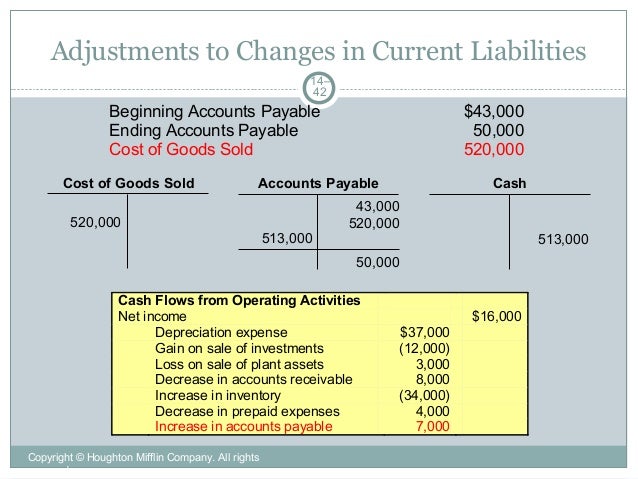

The par value of preferred shares a business previously soldĪdditional paid-in capital (APIC) is the amount spent on shares above the par value.The par value, or stated value of common stock set in a corporate charter.Restricted shares that are harder to transfer.Market experts use this figure to calculate earnings per share (EPS) and market capitalization. In other words, outstanding shares make up all the stock a business has sold but not repurchased. Outstanding shares represent the total stock issued to investors. The main pieces of equity include: Outstanding shares While this approach is simple, it ignores the core building blocks of an equity investment. You can gauge the value of company equity by subtracting liabilities from assets on its balance sheet in the general ledger. Brand equity: The value of a brand compared to generic or store-brand competitors.Personal equity: The net worth of a person’s assets and liabilities.Private equity: The evaluation of a company that isn’t publicly traded.Home equity: How much of a home an owner has paid off on their mortgage.Risk capital: Money remaining after a liquidated business pays off its creditors.Warrants: Instruments that let investors purchase a particular stock at a predetermined price within a limited time frame.Other comprehensive income: Future income a company hasn't obtained yet.Treasury stock: Company shares bought back from stockholders.Retained earnings: Any business income not paid to stockholders as dividends.Contributed surplus: Also called additional paid-in capital, this is excess equity capital paid by investors when purchasing stock over the shares' par value.Preferred shares: Stocks offering a guaranteed cumulative dividend instead of voting rights at a company.Common stock: Securities representing a shareholder’s investment in, and partial ownership of, a business.However, investors can choose to invest in other equity types. There isn’t one answer to: “What is equity in finance?” Shareholder equity through common stock is far and away the most popular type of equity. Shareholders’ equity, sometimes called stockholders’ equity, is the difference between a company’s assets and liabilities as listed on its balance sheet.In the case of a sole proprietorship or a small business, it is sometimes called owners’ equity.


To have equity in something is to have a financial stake in something you helped fund. These assets range from a house or car to an entire business. What is equity?Įquity is ownership of assets that may have liabilities or debts attached to them.

To help you do that, we'll break down the basics and help you make early investments with a huge ROI. Since there are many types of equity and more than one way to calculate their value, investors need to learn the ins and outs of leveraging investments. In this respect, equity ties into a business’s net worth and value in the eyes of investors.Īfter wrapping your head around equity, you still have to find a way to use it. Investors earn partial ownership in the form of stock or shares by investing their money in a company. Equity in business represents investors’ financial stake in a company.


 0 kommentar(er)
0 kommentar(er)
